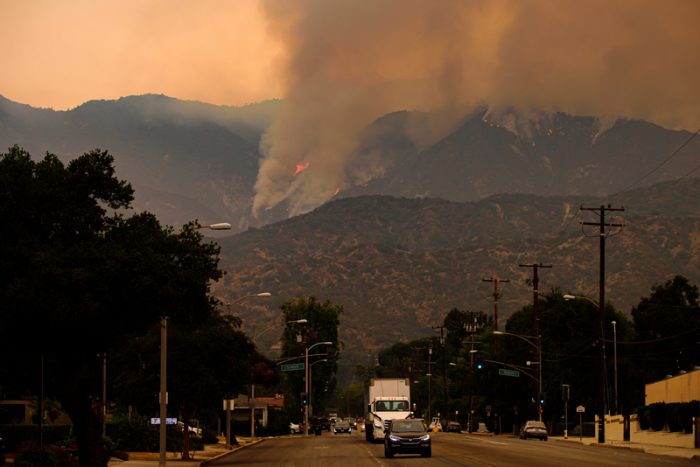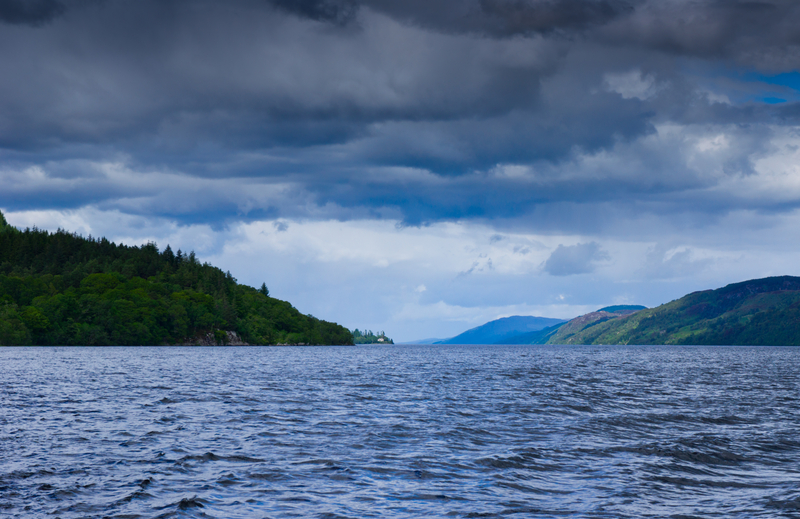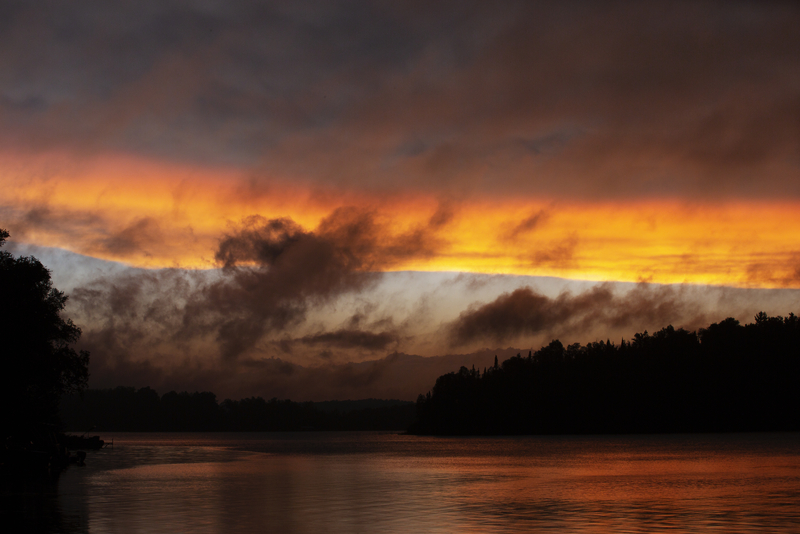Wildfires in the western United States have again reached historic new levels.
As over the past few years, forests in the state of California are being hit hard by the flames. But now the nearby states of Washington and Oregon are also experiencing fires at record levels. Altogether, over five million acres of forests have burned in these three states alone. That's an area larger than the size of Lake Ontario.
And the wildfire season is still far from over.
At its worst, the fires have torn quickly through several small towns such as Malden, Washington and Phoenix, Oregon. In these places, whole neighbourhoods have been completely destroyed. In Oregon alone, 500,000 people, or 10% of the state's population, has been evacuated due to the fires.
Bad air
Smoke and haze from nearby wildfires turned the sky over San Francisco orange for days. (Getty Embed)
What's worse is that even places in these states that aren't actually near fires themselves are still being affected. The smoke from the many fires has polluted the air, making it currently some of the worst on the planet.
Photos of San Francisco caught under an orange haze went viral last week—normally the famous Northern California city is famed for its gorgeous weather and clean ocean air. All across the western U.S. governors and mayors are warning residents to stay inside as much as possible to avoid breathing in the pollution.
Incredibly, smoke and haze from the many fires has even reached the east coast of the United States. Meterologists in cities like New York and Washington, D.C. report smoke in the upper atmosphere above them. At this great height, there's no real danger to the people living there. But the fact that it has made it this far—over 3,200 kilometres or 2,000 miles—is very troubling.
Never before seen
A man searches through the wreckage after a fire swept through the town of Estacada, Oregon. (Getty Embed)
Understanding exactly why wildfires happen can be complex. For starters, there's the fact that having at least some wildfires every year are beneficial to the health of a forest. They burn off old growth (these are trees that are either dead, dying, or simply too large for the surrounding plant life) so that newer, healthier trees have room to grow. Meanwhile, the ashes return nutrients to the soil.
But now the amount and strength of the wildfires in California and beyond are much greater than people have ever seen. Firefighters are overwhelmed and understaffed. And while it is natural that some fire seasons will be stronger than others, it is not natural for the severity of the seasons to keep increasing, as they have been for the last decade.
Hot, dry, and windy
California Lt. Governor Newsom (left) and U.S. President Trump met on Monday to discuss the state's wildfires. Newsom said that the science points to climate change as the main reason. (Getty Embed)
All of this leads to an obvious question that officials in California, Oregon, Washington, and across the whole country are asking. Why? What is the reason these wildfires are burning so strongly?
Some parts of this can be traced to whether or not the forests themselves are being properly managed and 'cleaned'. In this case, this means removing excess leaves, branches, and other dry material that can act as extra 'fuel' for a rampaging wildfire. The more of this fuel, the worse a fire can be. Currently, improving this management is a big debate between state governors and the federal, or national, government.
But a vast majority of scientists and experts point to climate change as the main reason why this is happening. For decades now, the weather in the western United States has been getting hotter, drier, and windier than usual. California in particular has experienced years of drought, or zero to very low rainfall. And now even states like Washington and Oregon, well known for their damp, rainy weather, are also having record-breaking hot, dry summers.
Much like the intense bushfires in Australia, these conditions are making a normal occurrence (fires) far stronger, more frequent, and longer-lasting than usual. A recent meeting in California between its lieutenant governor, Gavin Newsom, and President Trump highlighted the importance of all levels of government working together to address this problem. It will likely be a big national discussion heading into this November's election as well.
 Wildfires in the distance as seen from a neighbourhood in Los Angeles, California on September 10. These kinds of scenes have been become more and more common. (Photo
Wildfires in the distance as seen from a neighbourhood in Los Angeles, California on September 10. These kinds of scenes have been become more and more common. (Photo 









How sad! 😥
like OMG! how are the fires so out of controol
ya definitely out of control